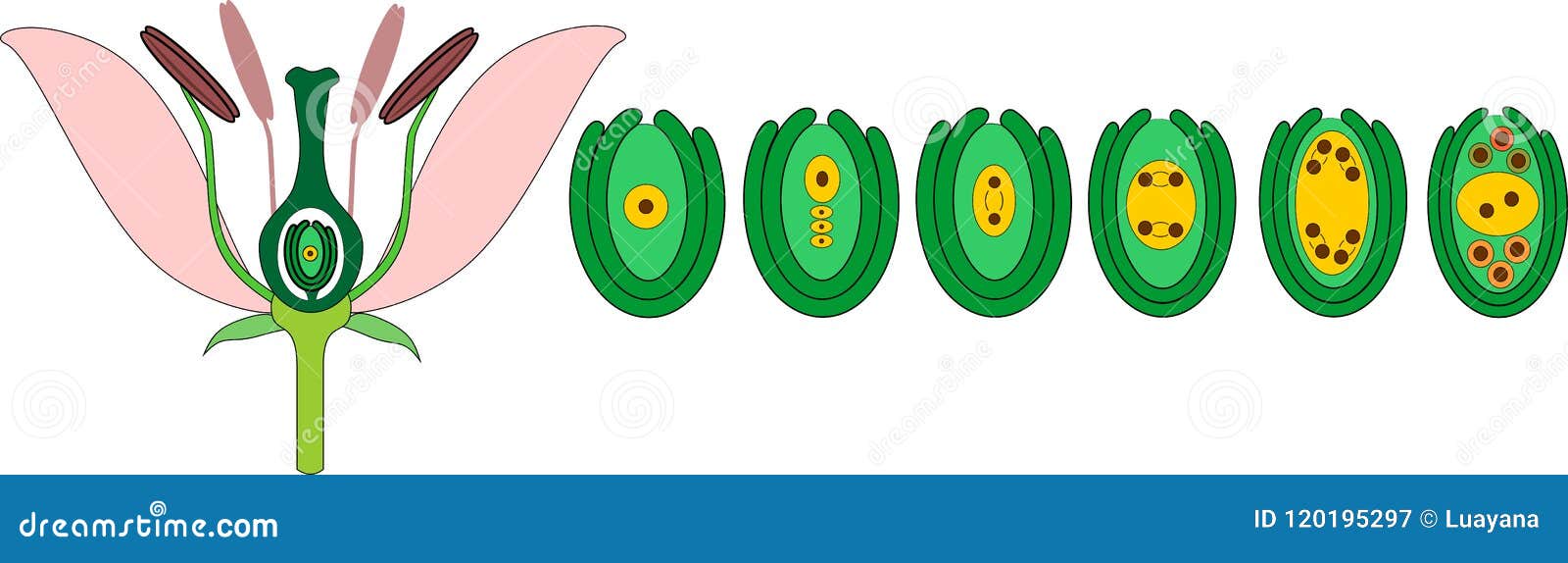

Plant ovules with megasporocytes before meiosis: Gymnosperm ovule on left, angiosperm ovule (inside ovary) on rightĪfter megasporogenesis, the megaspore develops into the female gametophyte (the embryo sac) in a process called megagametogenesis. The megaspore then undergoes megagametogenesis to give rise to the female. Therefore, each pattern gives rise to a single functional megaspore which contains one, two, or four meiotic nuclei, respectively. The tetrasporic pattern is characterized by cell plates failing to form after either meiosis 1 or 2, and results in one four-nucleate megaspore.

The bisporic pattern is characterized by cell plate formation only after meiosis 1, and results in two two-nucleate megaspores, of which one degenerates. This pattern is characterized by cell plate formation after meiosis 1 & 2, which results in four one-nucleate megaspores, of which three degenerate. The monosporic pattern occurs most frequently (>70% of angiosperms) and is found in many economically and biologically important groups such as Brassicaceae (e.g., Arabidopsis, Capsella, Brassica), Gramineae (e.g., maize, rice, wheat), Malvaceae (e.g., cotton), Leguminoseae (e.g., beans, soybean), and Solanaceae (e.g., pepper, tobacco, tomato, potato, petunia). Angiosperms exhibit three patterns of megasporogenesis: monosporic, bisporic, and tetrasporic, also known as the Polygonum type, the Alisma type, and the Drusa type, respectively. During megasporogenesis, a diploid precursor cell, the megasporocyte or megaspore mother cell, undergoes meiosis to produce initially four haploid cells ( the megaspores). In gymnosperms and flowering plants, the megaspore is produced inside the nucellus of the ovule.


 0 kommentar(er)
0 kommentar(er)
